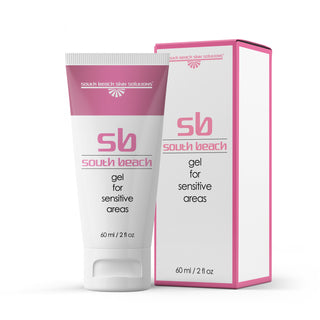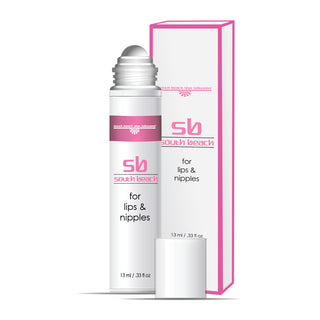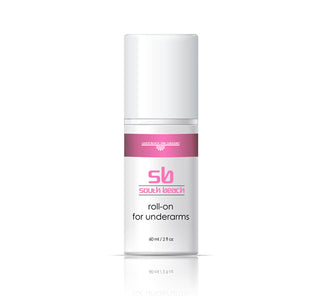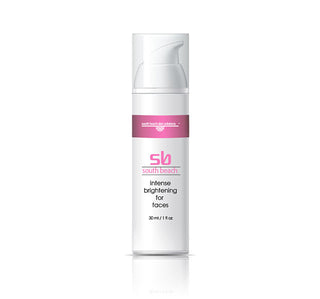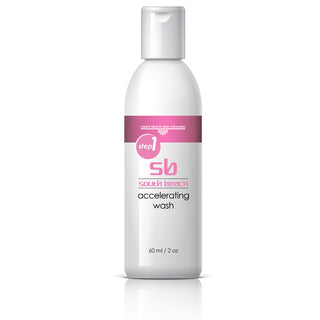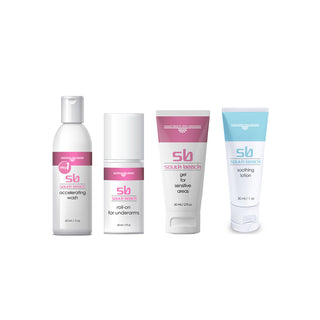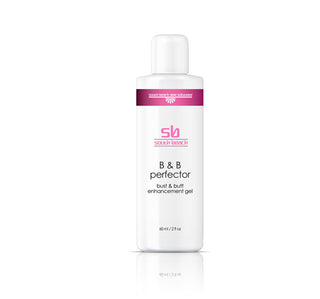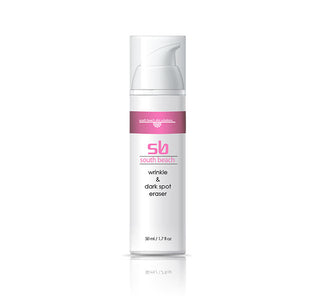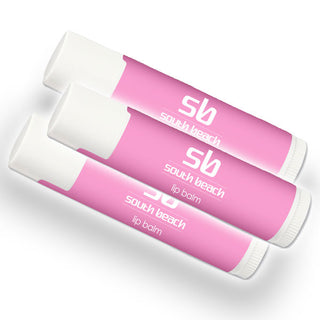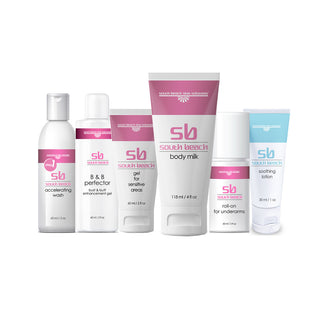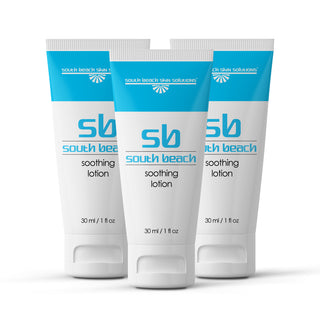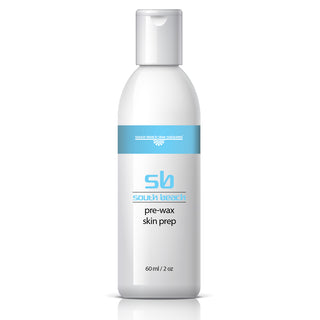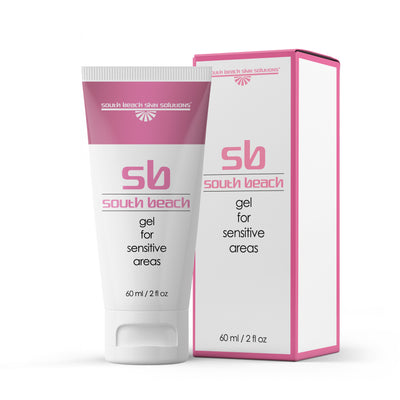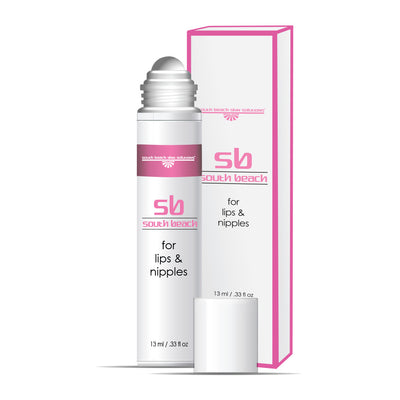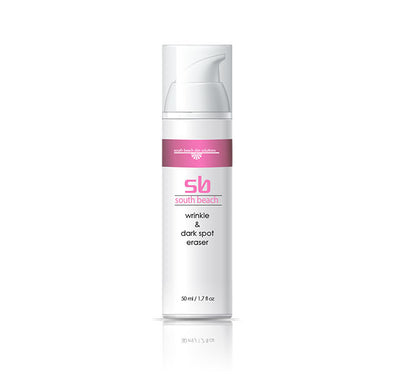Understanding genital hyperpigmentation is essential for those who have noticed that their private area is dark compared to the rest of their skin. This condition often manifests in the vulva, vagina, and groin area, where the color of the skin may vary significantly. The causes of dark skin pigmentation in these sensitive areas can include hormonal changes, friction, or genetic predisposition. Furthermore, as individuals age, factors such as age spots may also play a role in the darkening of the genital and anal regions.
It is important to recognize that a type of darkening in the external genital area is perfectly normal. However, individuals should be aware of the causes of genital hyperpigmentation and consider consulting a healthcare professional if they experience significant color change or discomfort. Various treatment aimed at helping to minimize darkening, including genital bleaching, may be explored. Ultimately, identifying the underlying causes and when to see a specialist is crucial in managing the condition effectively.
The Normalcy of Genital Hyperpigmentation:
Genital hyperpigmentation is a condition that is perfectly normal for many individuals, characterized by the color change in the vulva, vagina, and surrounding genitals. This condition often manifests as an area that is darker than other skin on the body, particularly in the groin area and inner thighs. Various causes of dark skin pigmentation may include hormonal changes, friction, and the natural aging process, leading to a gradual darkening of these sensitive areas over time. It is crucial to understand that this type of darkening is typically benign and varies with the color of your skin.
Variability in Appearance:
The variability in appearance of the vagina and vulva is a natural phenomenon that often raises concerns regarding the aesthetics of the genitals. It is not uncommon for the private area to be darker than other skin on the body, particularly in the groin area. This color change can occur due to several factors, including hormonal fluctuations, increased friction, and genetic predispositions that influence skin pigmentation. For individuals who notice their skin becomes darker over time, understanding the causes of darkening is essential. It is advisable to consult a healthcare professional if the color of your skin changes noticeably or if there are accompanying symptoms.
Genital bleaching and other treatment aimed at addressing such discoloration have gained popularity; however, it is crucial to approach these options with caution. The best treatment often involves gentle skincare practices that help minimize darkening in sensitive areas such as the vaginal and anal regions and inner thighs. While some individuals may seek to alter the appearance of their external genital areas, it is important to recognize that such variability is perfectly normal and typically does not indicate any underlying health issues. Awareness of the causes of genital darkening can empower individuals to make informed decisions about their bodies.
Variability in appearance among individuals is a common phenomenon, particularly concerning the vagina and vulva, where the genitals may present differing shades compared to the rest of their skin. The groin area is often observed to be darker than other skin, a change attributed to various factors including hormonal fluctuations, genetics, and skin pigmentation. Understanding the causes of darkening, such as friction or inflammation, is crucial for determining appropriate treatment aimed at addressing these changes. In cases where the private area is dark significantly, individuals may consider consulting a medical professional to explore options such as genital bleaching.
Moreover, the color change in sensitive areas like the vaginal and anal regions and inner thighs can be perfectly normal, reflecting the natural variability in skin pigmentation. Nevertheless, if the color of your skin undergoes a dramatic alteration, it is imperative to identify the causes of genital darkening and when to seek professional advice. While many individuals experience a gradual darkening of the vaginal tissue with age, others may find it necessary to explore the best treatment options to help minimize darkening, particularly in the context of age spots or other skin conditions.
Understanding the Factors:
Several factors contribute to the darkening of the genital skin, and understanding these can help individuals embrace these changes as a natural part of life.- Hormones:
- Friction and Inflammation:
- Aging:
Darkening of the genital area is often associated with aging. The skin undergoes repeated trauma over the years, coupled with hormonal changes, leading to gradual darkening. Dr. Cross emphasizes that this phenomenon is not exclusive to the genital area and can occur in various parts of the body as a natural consequence of aging. 4. Environmental Conditions: Something that is becoming more common and understood is how our body reacts to chemicals in the air and water that we come in contact with. Not typically explored but skin can be sensitive to certain fabrics on our clothing as well as certain ingredients in household products like laundry detergent that come into frequent contact with our skin. Sensitivities and allergies to these environmental elements have to be considered when looking for causes of discolorations.
Extended Implications of Skin Changes:
While the focus has primarily been on the genital area, it's essential to recognize that skin darkening can occur in various regions of the body due to different factors.
- Hormonal changes during pregnancy can lead to darkening of the nipples, areolae, and moles, and may even cause a dark line (linea nigra) down the center of the lower abdomen.
- Hyperpigmentation can manifest on the face, chest, back, and arms due to prolonged sun exposure, appearing as sun spots or freckles.
- Any area where the skin folds frequently, such as elbows, knees, underarms, and knuckles, may experience darkening.
- Post-inflammatory hyperpigmentation, a consequence of conditions like acne or rashes, can occur anywhere on the body.
Mitigating Factors and Prevention:
While hormonal changes and aging are challenging to prevent, minimizing friction and inflammation can help reduce hyperpigmentation. Dr. Goldstein suggests several strategies to decrease chafing and friction:-
Avoiding Tight-Fitting Clothing and Underwear:
- Loose, breathable clothing can reduce friction in the genital area.
-
Keeping Your Skin Moisturized:
- Well-hydrated skin is less prone to irritation and inflammation.
-
Avoiding Aggressive Hair Removal Methods:
- Waxing and shaving can lead to folliculitis and inflammation, contributing to darkening.
-
Wearing Sweat-Wicking Clothing:
- Fabrics that wick away moisture can help minimize friction.
It's important to note that these measures focus on lessening external factors contributing to hyperpigmentation rather than completely preventing it, given the inevitability of certain physiological changes. Addressing Concerns and Seeking Medical Attention: In most cases, genital hyperpigmentation is a harmless and natural occurrence. However, sudden changes in skin color, especially if accompanied by itching or other symptoms, should be addressed promptly by a healthcare provider. Dr. Goldstein emphasizes that sudden alterations in skin appearance may indicate underlying systemic pathologies, necessitating medical attention.
Possible Causes of Sudden Changes:
-
Infections or Allergic Reactions:
- Itching in the darker area may signal inflammation caused by an infection or an allergic reaction to a product used.
-
Underlying Conditions:
- Abrupt changes in skin color may be linked to conditions such as diabetes or polycystic ovarian syndrome.
-
Acanthosis Nigricans:
- Dr. Joshua Zeichner, a dermatologist at Mount Sinai Hospital in New York City, warns that sudden darkening, accompanied by roughness, may signify acanthosis nigricans. This condition is associated with high blood sugar levels and diabetes.
-
Sexually Transmitted Infections (STIs):
- If the darkening appears suddenly and seems spotted, bumpy, or scabby, it could indicate a sexually transmitted infection, such as genital warts.
When in doubt, consulting a specialist is recommended. Dr. Goldstein emphasizes, "If something doesn't look or feel right, make an appointment to see a specialist." Regular monitoring and proper hygiene are essential for preventing potential complications in case the cause is inflammation. Embracing Change and Self-Discovery: It's crucial to recognize that while the change in skin color may be unsettling, it is typically not dangerous. If the cause is inflammation, maintaining cleanliness and dryness in the affected areas is advised. As individuals navigate this aspect of their health, it's essential to give themselves the space to get reacquainted with their bodies.
Key Points to Remember:
-
Normalcy of Darkening:
- Darkening in the genital area is a common and natural occurrence, especially with age.
-
Individuality in Appearance:
- Skin color variation is unique to each individual, influenced by factors such as natural skin tone.
-
Causes of Hyperpigmentation:
- Hormonal changes, friction, inflammation, and aging contribute to darkening.
-
Preventive Measures:
- Minimizing friction through loose clothing, moisturizing, and avoiding aggressive hair removal can help.
-
When to Seek Medical Attention:
- Sudden changes in color, especially with accompanying symptoms, warrant a visit to a healthcare provider.
Cosmetic Considerations:
While darkening in the genital area is completely normal and often a result of natural processes, some individuals may wish to address it for personal reasons. In such cases, several cosmetic treatments can be explored.
Here are some options to consider:
- South Beach Skin Solutions SB INSTANT RESULTS KIT – INTIMATE: This kit specifically targets hyperpigmentation in the genital area. It utilizes a combination of natural ingredients and advanced formulas to help lighten and even skin tone.
- Chemical peels: These treatments involve applying a chemical solution to the skin, causing controlled exfoliation and promoting the growth of new, lighter skin cells.
- Laser procedures: Various laser technologies can target melanin and break it down, effectively reducing pigment and brightening the skin.
Before pursuing any cosmetic treatment, it's crucial to:
- Consult with a certified dermatologist. They can assess your individual needs and recommend the most suitable treatment option.
- Conduct thorough research. Understand the potential risks and benefits of each treatment, and ensure it aligns with your expectations.
- Seek multiple opinions. Don't hesitate to consult with multiple dermatologists to gain diverse perspectives and ensure you feel confident in your chosen course of action.
- Choose a certified specialist. Only entrust your skin to a qualified and experienced professional to guarantee safety and optimal results.
Remember:
- These cosmetic treatments are optional choices for personal satisfaction, not a necessity.
- External pressures or unrealistic beauty standards should not influence your decision.
- Prioritize your own well-being and comfort above all else.

SB INSTANT RESULTS KIT – INTIMATE
$99.95An immediate enhancement in the appearance of sensitive intimate areas from the first use. Its comprehensive 3-step kit is specifically tailored for these delicate zones, backed by salon tests to confirm its impressive results, making it a reliable choice for those seeking anal whitening solutions, complemented by the pink wink cream. Buy Now!Empowering Self-Discovery: Navigating Genital Hyperpigmentation and Embracing Personal Health Choices
Understanding the intricacies of genital hyperpigmentation is crucial for individuals to navigate this natural aspect of life confidently. If questions arise about changes in skin color, consulting a healthcare provider is the best course of action. Healthcare professionals can delve into individual medical histories, diagnose potential root causes, and provide personalized advice on the next steps. In the grand tapestry of life, our bodies evolve, and embracing these changes fosters a healthier relationship with ourselves. It's essential to remember that your body is unique, and decisions regarding cosmetic treatments should be driven by personal desires rather than external expectations. In the journey of self-discovery, each individual deserves the autonomy to decide how they feel about their body and how they choose to care for it.Frequently Asked Questions
The common causes include hormonal changes, friction, skin irritation, conditions like acanthosis nigricans, and genetic factors affecting pigmentation and melanin levels.
Yes, it's normal due to hormonal fluctuations, aging, and skin changes. Sudden or significant changes should be evaluated by a professional.
Visit a doctor if you notice sudden color changes, dark patches, discomfort, itching, or unusual symptoms.
Yes, individuals with darker skin types naturally have higher melanin, which can lead to more noticeable pigmentation changes.
Topical creams containing ingredients like hydroquinone or natural extracts exist, but you should consult a healthcare provider before use.
Laser treatments can effectively lighten skin by targeting melanin. Consult a dermatologist for personalized advice.
Potential risks include skin irritation, allergic reactions, or further discoloration. Always use products designed for sensitive skin and consult a professional.
Yes, hormonal changes from pregnancy or therapies can influence genital area color, often causing darkening.
Maintain hygiene, wear breathable clothing, avoid irritants, use gentle skincare products, manage weight, and minimize friction to help prevent further darkening.




















